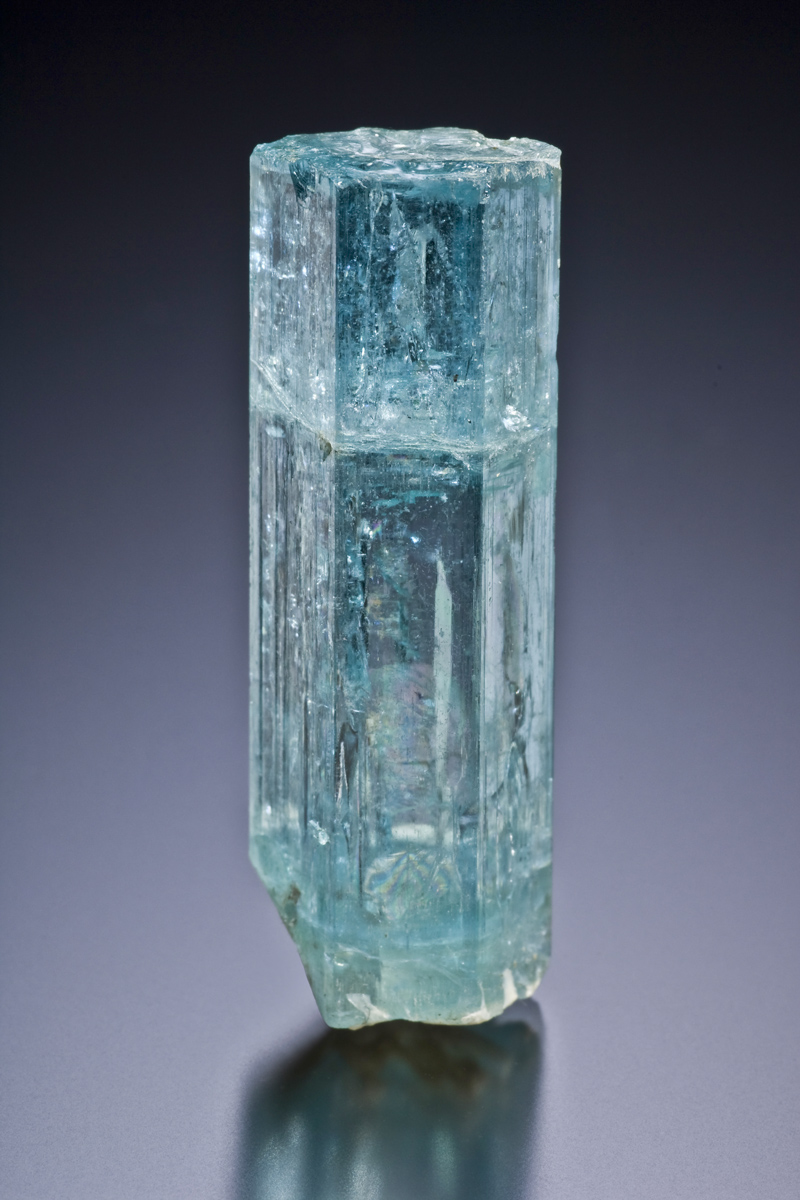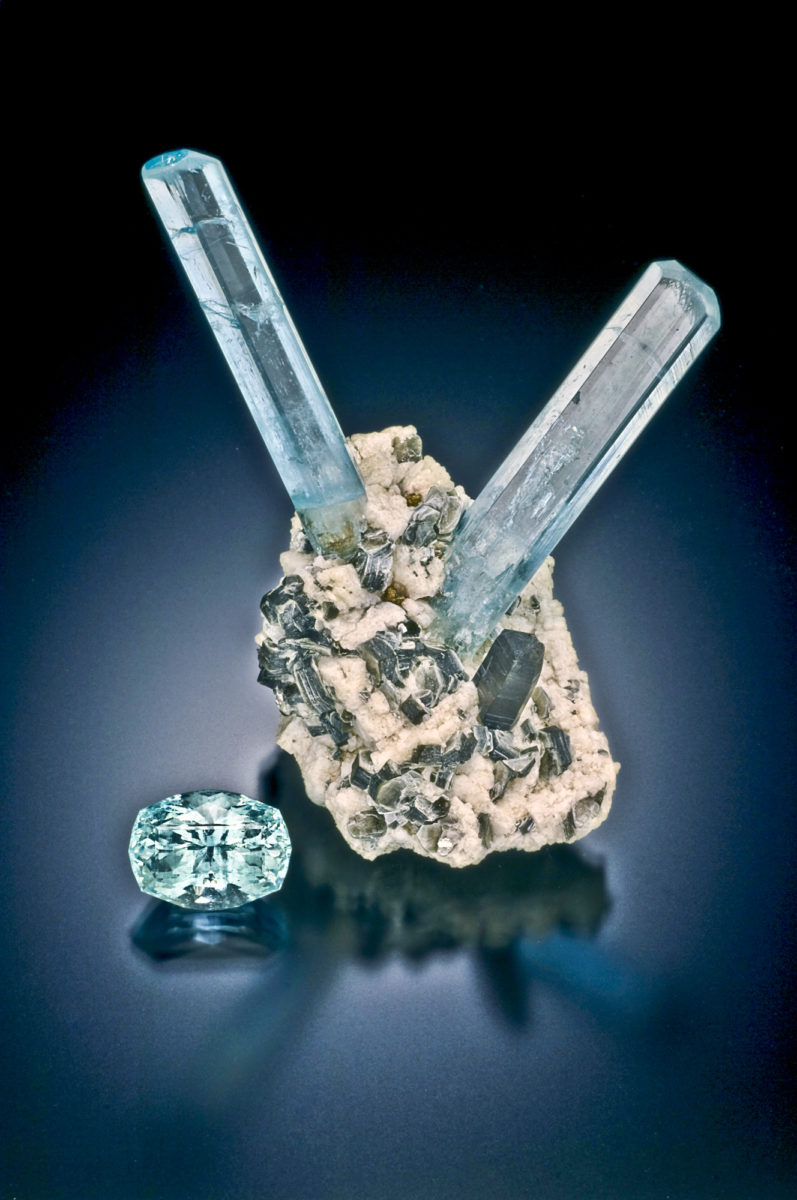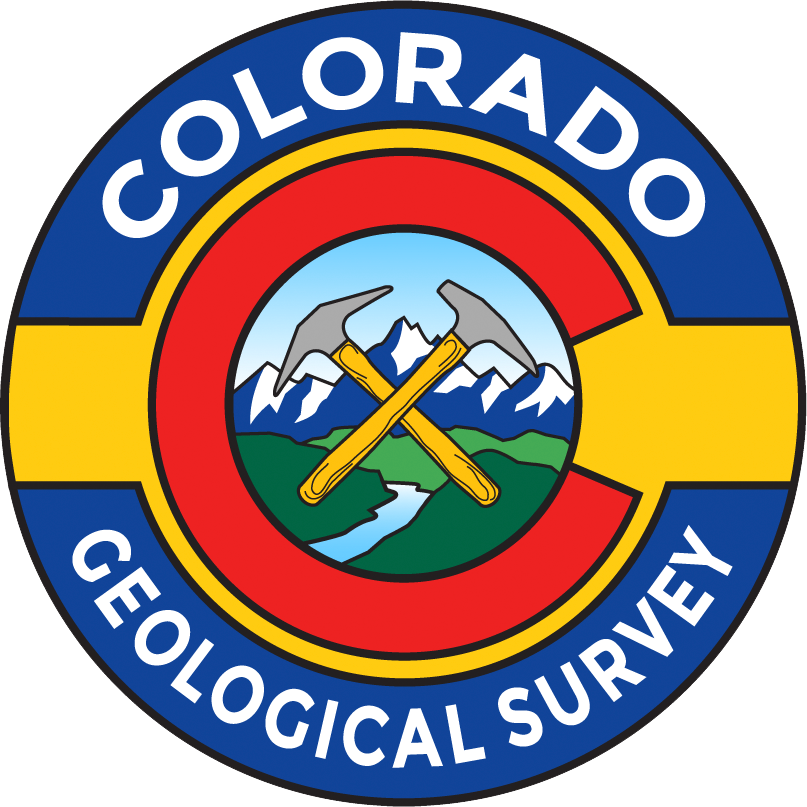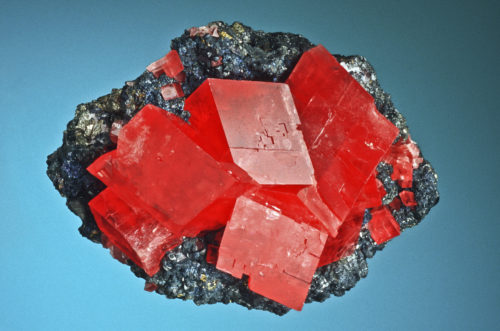
Teacher’s Corner
The CGS has free resources for teachers to help educate students about Colorado’s diverse and fascinating geology. Drop us an email and we will be happy to point you to a variety of items including posters, bookmarks, maps, and field guides.
Available as free PDF downloads, our vintage RockTalk newsletters cover a broad range of geologic phenomena in Colorado: from diamond mines to snow avalanches to mining subsidence and much more.
We also decided to revive RockTalk as the RockTalk blog so that we can continue to bring you interesting, informative, and timely postings related to our mission. You are welcome to subscribe to receive notices of new postings, publications, and other geological news.
For further information and outreach queries, please contact us!
State Mineral
Rhodochrosite
Rhodochrosite is a manganese carbonate, MnCO3. It is not considered a gemstone, even though fine examples of the large, red, rhombic crystals have a value of many tens of thousands of dollars. Gems are valued for their use in jewelry: because rhodochrosite has a much lower hardness than most gemstones, its use in jewelry is very limited. The rhodochrosite crystals from Colorado are valued solely for their own intrinsic and natural beauty. Rhodochrosite’s crystal habit is the typical of carbonate minerals. It is also found in Colorado as massive, dogtooth, disc-like, radiating, granular, stalactitic, and rosette forms. Although it is most commonly pink and opaque, Colorado’s translucent red variety is prized the world over, commonly bringing prices in the tens of thousands of dollars. Rhodochrosite is found in eighteen of Colorado’s counties associated with gold, silver, lead, zinc, and molybdenum ores. Earth’s largest rhodochrosite crystal, the Alma King, is on display at the Denver Museum of Nature and Science. This 6.5 in (16.5 cm) crystal was collected in 1992 from the Sweet Home Mine, high in the Mosquito Range west of the old mining town of Alma in Park County.
The Sweet Home Mine was claimed in 1872 and issued US Patent #106, one of the earliest patents granted under the General Mining Act of 1872. It was worked as a silver mine in the late 1800s and then off and on again into the 1950s. Rhodochrosite used to be discarded as waste on Sweet Home’s dumps but the large, deep red colored, perfectly formed rhombohedral specimens, which no other location produces, has now brought Sweet Home more fame as a rhodochrosite mine than it ever had as a silver mine.
How Did Rhodochrosite Become The State Mineral?
Teacher John Ghist’s earth science class at Platte Canyon High School near Bailey, Colorado was studying rocks and minerals when they became aware that Colorado did not have a State Mineral. After some debate, the students decided that rhodochrosite, because of its red color (similar to ‘Colorado’ for ‘reddish’ in Spanish) should be the state mineral. They wrote a letter to State Representative Carl Miller suggesting that rhodochrosite be designated the official State Mineral. Representative Miller introduced the legislation and thanks to John Ghist and his students, within three months Governor Bill Owens signed a bill on April 17, 2002 sponsored by Senator Ken Chlouber and Rep. Miller making rhodochrosite the state mineral. Colorado became the 20th state to have an official state mineral. Others include minerals such as gold (Alaska, California), coal (Kentucky), and galena (Missouri and Wisconsin).


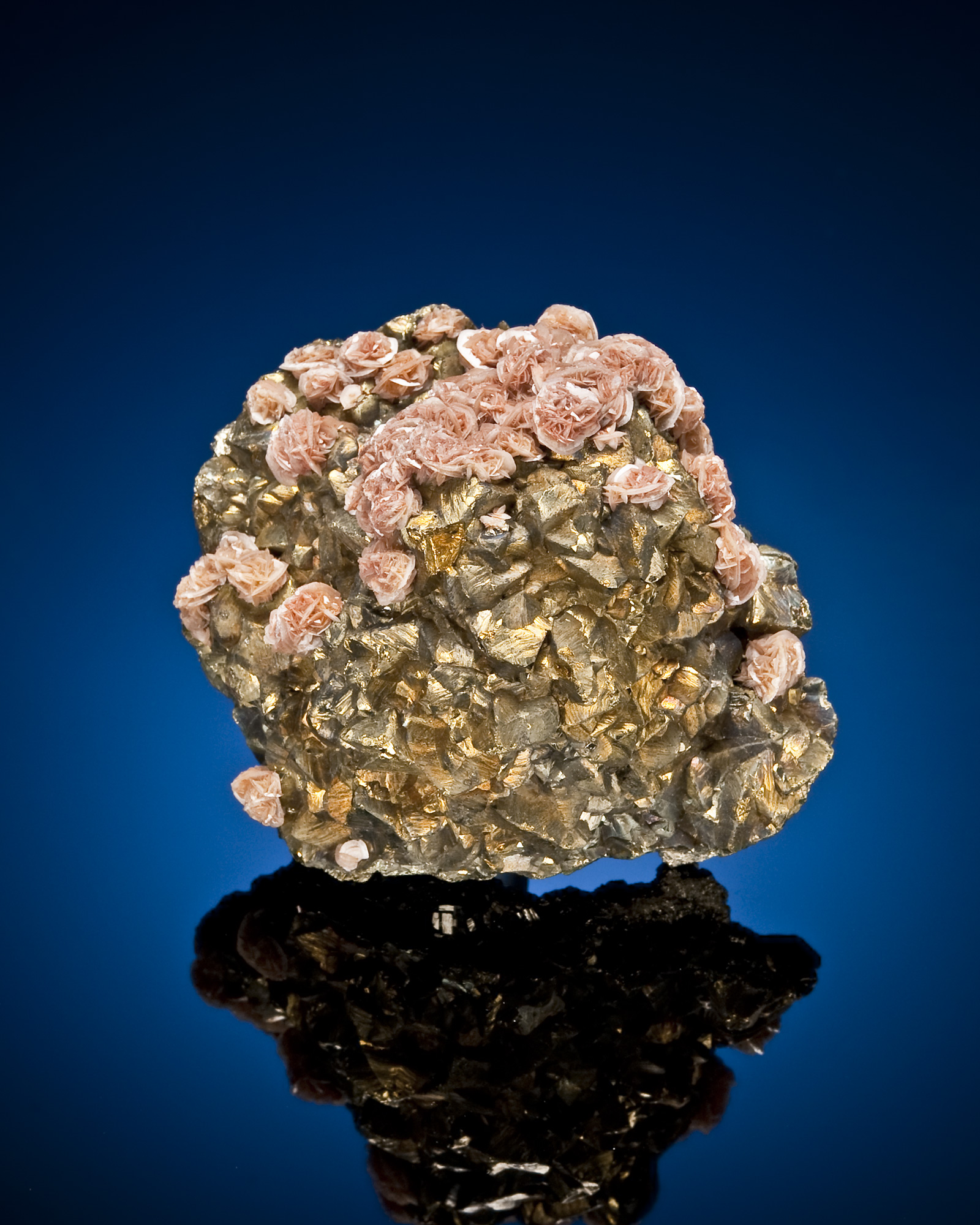
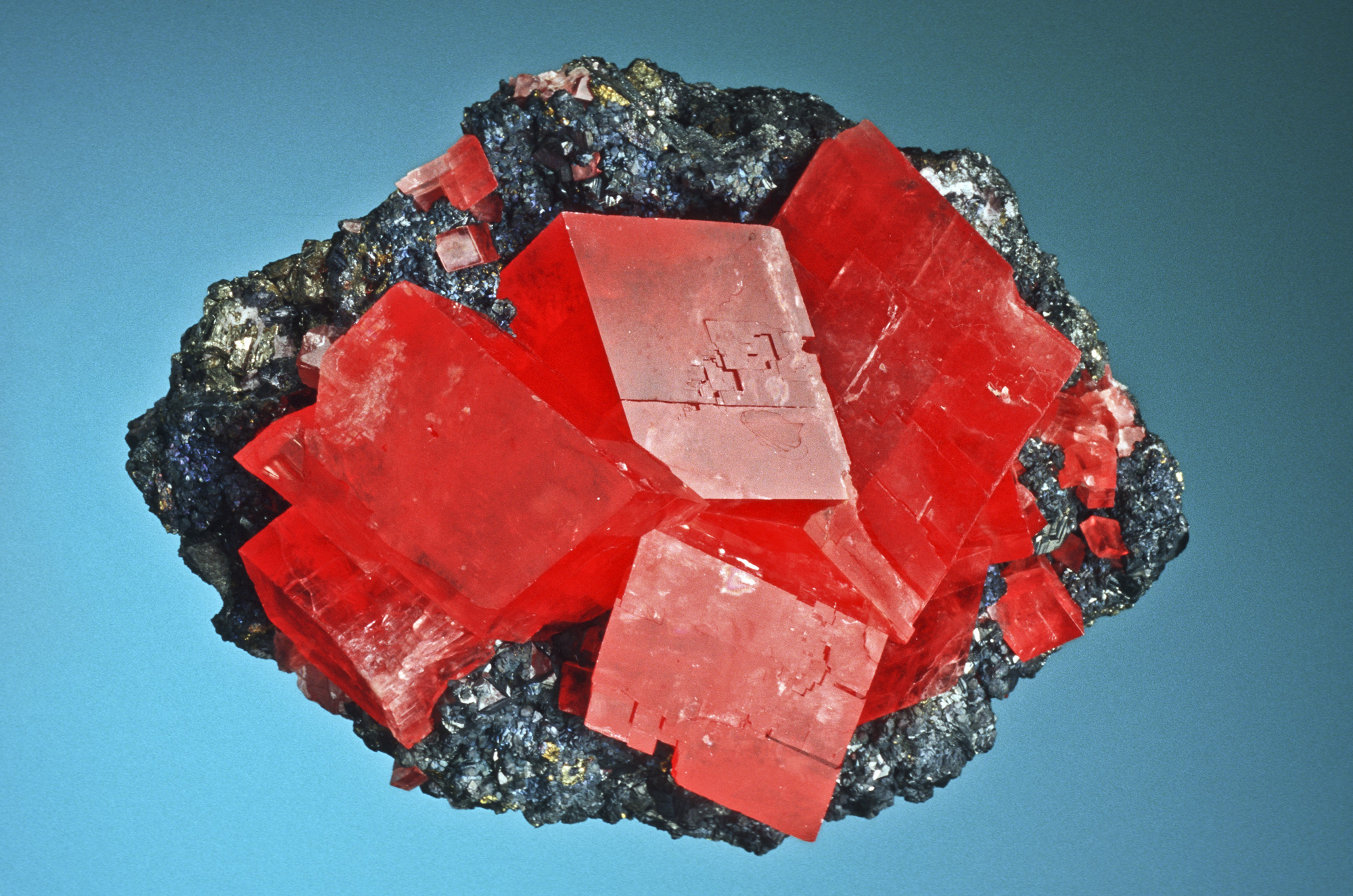
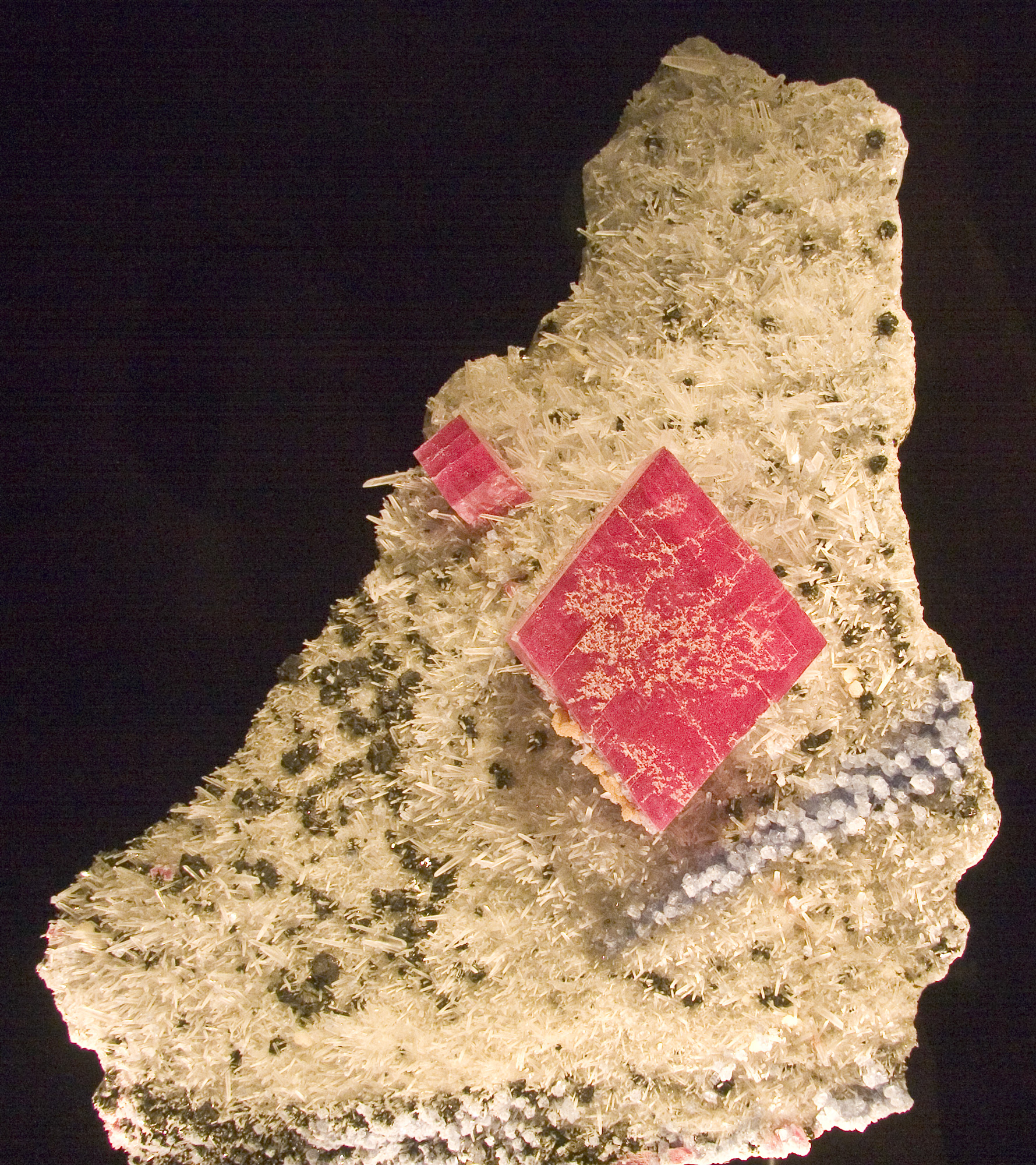
State Rock
Yule Marble
The story of how Yule marble became Colorado’s State Mineral starts with Girl Scout Troop 357 of Lakewood, Colorado. To their reasoning, as the state known for the majestic Rocky Mountains, it seems odd that the state did not yet have an official state rock. They came up with a list of reasons for this situation to change: Colorado is the Centennial State. Colorado had a red official State Mineral, rhodochrosite. Colorado had a blue official State Gemstone, aquamarine. If the state rock were white, the official geological symbols would be red, white, and blue. Yule marble is a very pure white and has been used in many famous buildings and sculptures. Only fifteen states have three geological symbols (rock, gem, and mineral), and none of them have the color combination of red, white, and blue. Only four states have a state rock that matches the rock in the Washington Monument for that state. The Yule marble is a strong, beautiful rock. It is composed of 99.5% pure calcite. The grain size yields brilliant cleavage sparkles in the unpolished stone. It has lasted more than 100 years in the humid environment of Washington, DC (as the Lincoln Memorial). The first major use of the Yule marble was in the Colorado State Capitol building, in 1895.
Based on these facts, Troop 357 urged their Representative, Betty Boyd, to introduce a bill to make Yule marble Colorado’s official state rock in 2004. As legislators considered the proposal, they were never very far from the real thing, because some of the floors and trim in the State Capitol Building are made of Yule marble. Governor Bill Owens subsequently signed HB04-1023 into law on March 9, 2004. Currently, the law designating the Yule marble as the official state rock is found in the Colorado Revised Statutes Title 24, Part 9, Sections 24-80-912.7—reflecting changes current through all laws passed at the First Regular Session of the Seventieth General Assembly of the State of Colorado in 2015.
Cogent points about Yule marble:
· The stairs and floors of the State Capitol Building are made of Yule marble.
· It is possible to quarry larger blocks of Yule marble than most other marbles in the world.
· The character of the stone is exceptional and is better for sculpting than Michelangelo’s favorite Carrara marble.
· Its chemical purity, as well as its small and uniform grain size has led to its use in many experiments in rock mechanics.
It was used in:
· the Lincoln Memorial in Washington, DC.
· the Washington Monument, also in Washington DC, where each state contributed a 20″ x 40″ rock to line the inside of the monument—Colorado chose Yule marble.
· the Tomb of the Unknowns in Arlington National Cemetery, Arlington, Virginia is made of the largest single block of marble produced in the United States.
· the Colorado State Capitol building, Denver.
· the Cheesman Memorial, Denver.
· the Colorado State Museum, Denver.
· the City of Denver Court House.
The Yule marble quarry, now known as The Pride of America Mine, is located three miles south of the appropriately-named town of Marble, Colorado. After some years of inactivity, in 2011 it was bought by the Italian company R.E.D. Graniti and operates as the Colorado Stone Quarries, exporting Yule marble around the world.
State Fossil
Stegosaurus
The Stegosaurus (originally armatus, now stenops) lived in the area we now know as Colorado one hundred and fifty million years ago during the Mesozoic era. It is believed that a typical adult Stegosaurus weighed about 20,000 lbs (9,000 kg) though its brain weighed only 2.5 oz (70 gm). There are only six skeletons of the Stegosaurus on public display in the United States, one of which may be viewed at the Denver Museum of Nature and Science. That skeleton was discovered by Cañon City High School teacher Frank Kessler, and later excavated by.
The Stegosaurus was designated as the official state fossil on April 28, 1982 by executive order of Governor Richard D. Lamm.

State Gemstone
Aquamarine
The mountain peaks of Mount Antero and Mount White in Chaffee County, Colorado are among the finest localities known for gem quality aquamarine. They are also among the highest in elevation—at 13,000 to 14,200 ft (3900 – 4300 m). The granite rock of these peaks contains pegmatite bodies that are characterized by large miarolitic cavities containing the gem quality aquamarine crystals. The cavities are found through a vertical swath of only 500 ft (150 m). The crystals in these cavities range in color from light blue to pale blue and deep aquamarine green, and in size from very small to 2.5 in (6 cm) in length.
The aquamarine was adopted as the official state gemstone on April 30, 1971, by an act of the Colorado General Assembly: House Bill 1104, 1971; Colorado Revised Statute 24-80-912.
